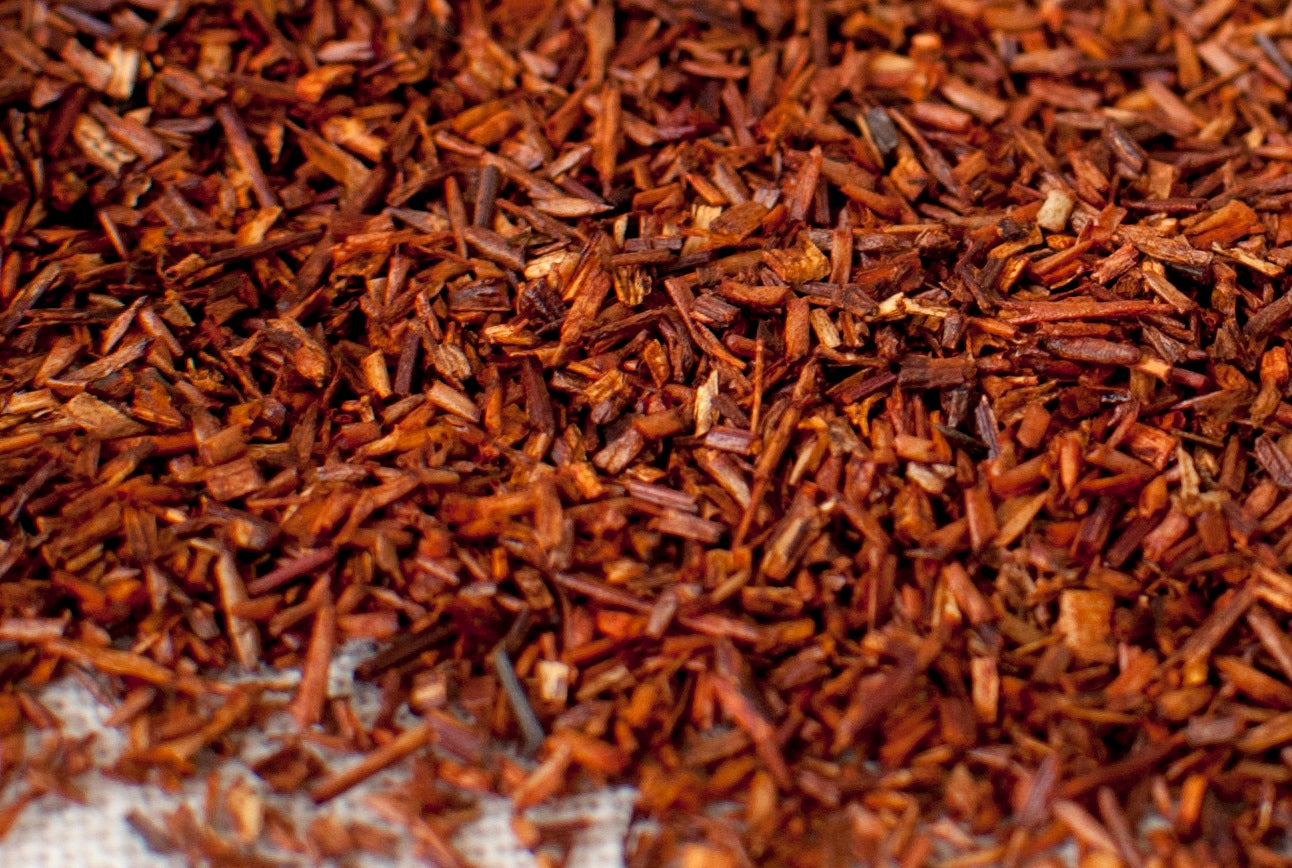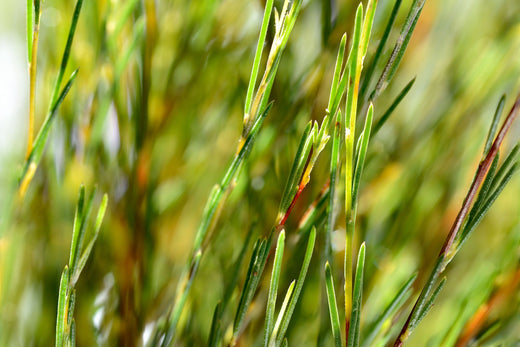Description of Honeybush
The honeybush plant is an upright shrub that grows about one to two meters tall. It features fine, needle-like leaves in a yellow-green hue and bright yellow flowers with a distinctively sweet scent. Honeybush can be harvested for tea using mechanical or manual methods, with the latter being a gentler option. During the harvest, the leaves and stems are cut, crushed, and then left to oxidize. This oxidation process enhances the tea's sweet, honey-like flavor. Next, the oxidized plant material is dried and packaged for sale. Honeybush tea usually has a golden to reddish-brown color in the cup and a pleasant, sweet aroma resembling honey.
Historical Background
For centuries, the indigenous Khoisan peoples of South Africa have regarded Honeybush as a medicinal plant. It wasn’t until the 19th century that European settlers began to appreciate Honeybush as a beverage, largely due to its enjoyable flavor and natural caffeine-free quality. However, it took several decades for Honeybush to achieve international recognition. By the end of the 20th century, honeybush tea gained popularity worldwide, especially as a naturally caffeine-free alternative to traditional tea.
Interesting Facts about Honeybush
Honeybush tea is often associated with rooibos because of their similar taste and shared origin in South Africa. While rooibos is found exclusively in the western Cederberg region, Honeybush thrives in both the Western and Eastern Cape provinces. However, wild Honeybush plants face threats from overharvesting and habitat loss. To address these issues, sustainable farming methods and cultivation initiatives are being encouraged to protect natural populations and meet growing global demand.



























